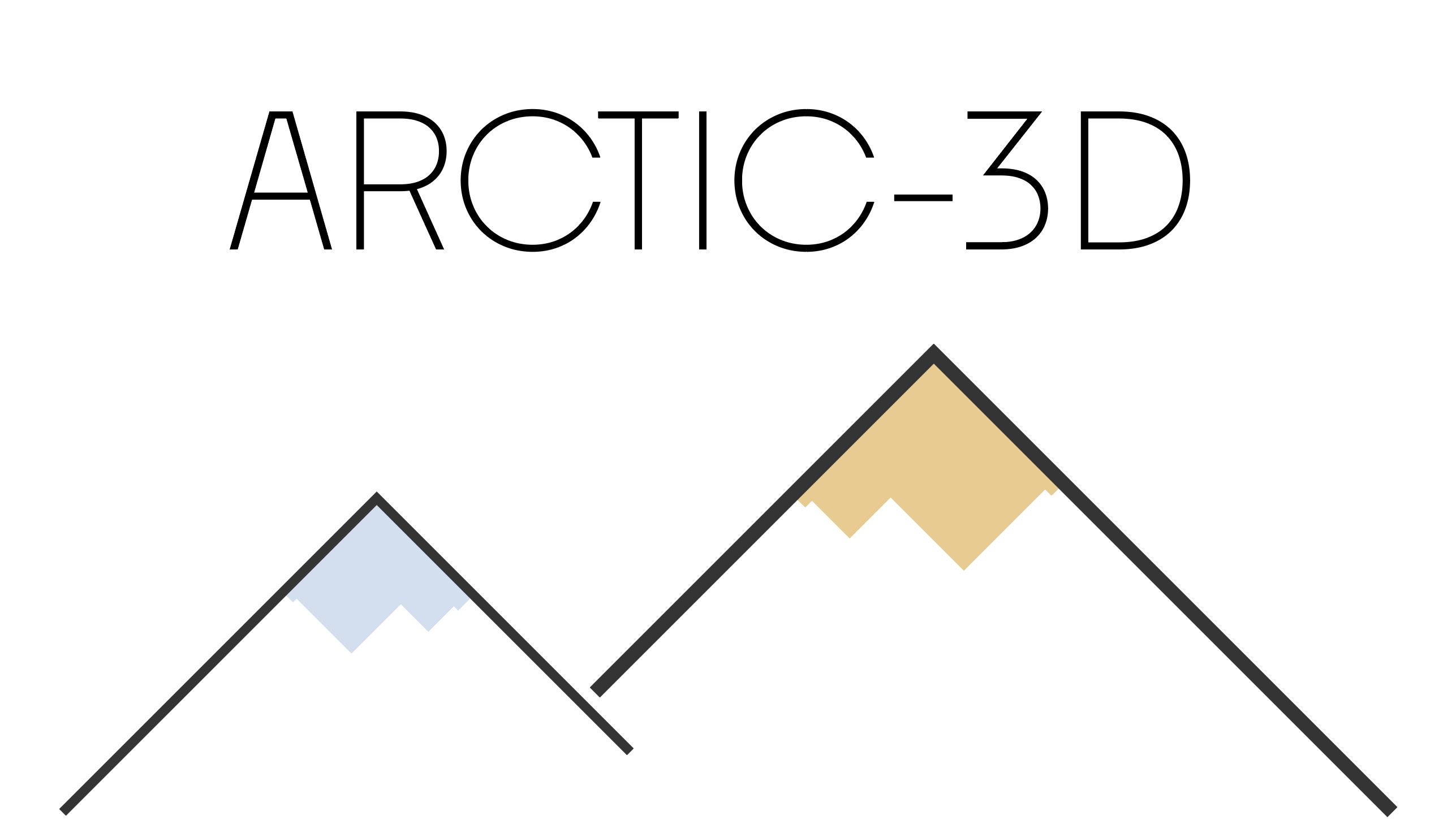Automatic Retrieval and ClusTering of Interfaces in Complexes from 3D structural information
ARCTIC-3D is available at this webserver https://wenmr.science.uu.nl/arctic3d/
ARCTIC-3D is a software for data-mining and clustering of protein interface information. It allows you to retrieve all the existing interface information for your desired protein from the PDBE graph database (https://www.ebi.ac.uk/pdbe/pdbe-kb/), grouping similar interfaces in interacting surfaces.
The software first checks your input (a uniprot ID, a FASTA file, or a PDB file), and then retrieves the existing interaction data from the graph API. Such interfaces are projected on a selected PDB structure and their dissimilarity is calculated, thus allowing for the application of a hierarchical clustering algorithm.
In output you will see how your favourite protein can display different binding surfaces, each one characterised by few residues that are always present (hotspots) and other amino acids which are at the interface only from time to time.
Check CONTRIBUTING.md for more information.
Clone the repository on your computer and navigate to it
git clone git@github.com:haddocking/arctic3d.git
cd arctic3dHere you can create the arctic3d environment:
conda create -n arctic3d python=3.10
conda activate arctic3d
pip install .
arctic3d -hbash install_blast_deps.shAnd put blastp in your $PATH by adding the following line to your .bashrc or .bash_profile file:
export PATH="PATH_TO_YOUR_ARCTIC3D_INSTALLATION/src/ncbi-blast-2.15.0+/bin:$PATH"Please refer to the examples documentation page.
In order to generate a detailed html documentation please execute these commands
pip install myst_parser
pip install chardet
conda install sphinx
sphinx-build -E docs ./arctic3d-docs
Then you can open the file arctic3d-docs/index.html, which contains all the necessary documentation.
If you used ARCTIC-3D in your work please cite the following publication:
Marco Giulini, Rodrigo V. Honorato, Jesús L. Rivera, and Alexandre MJJ Bonvin: "ARCTIC-3D: automatic retrieval and clustering of interfaces in complexes from 3D structural information." Communications Biology 7, no. 1 (2024): 49. (www.nature.com/articles/s42003-023-05718-w)







